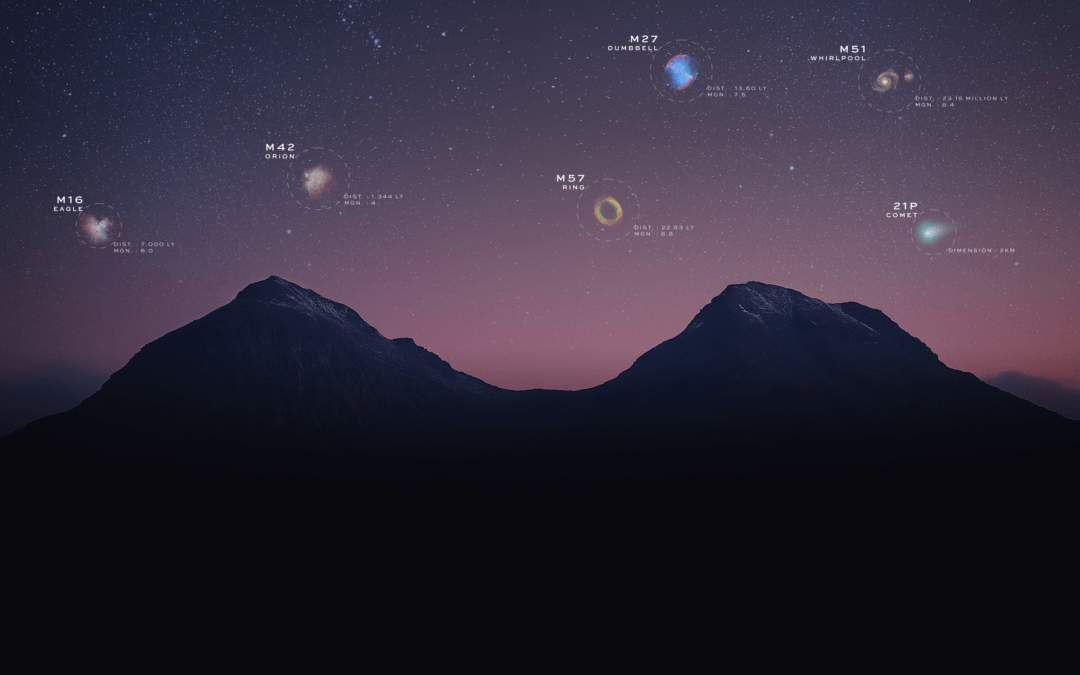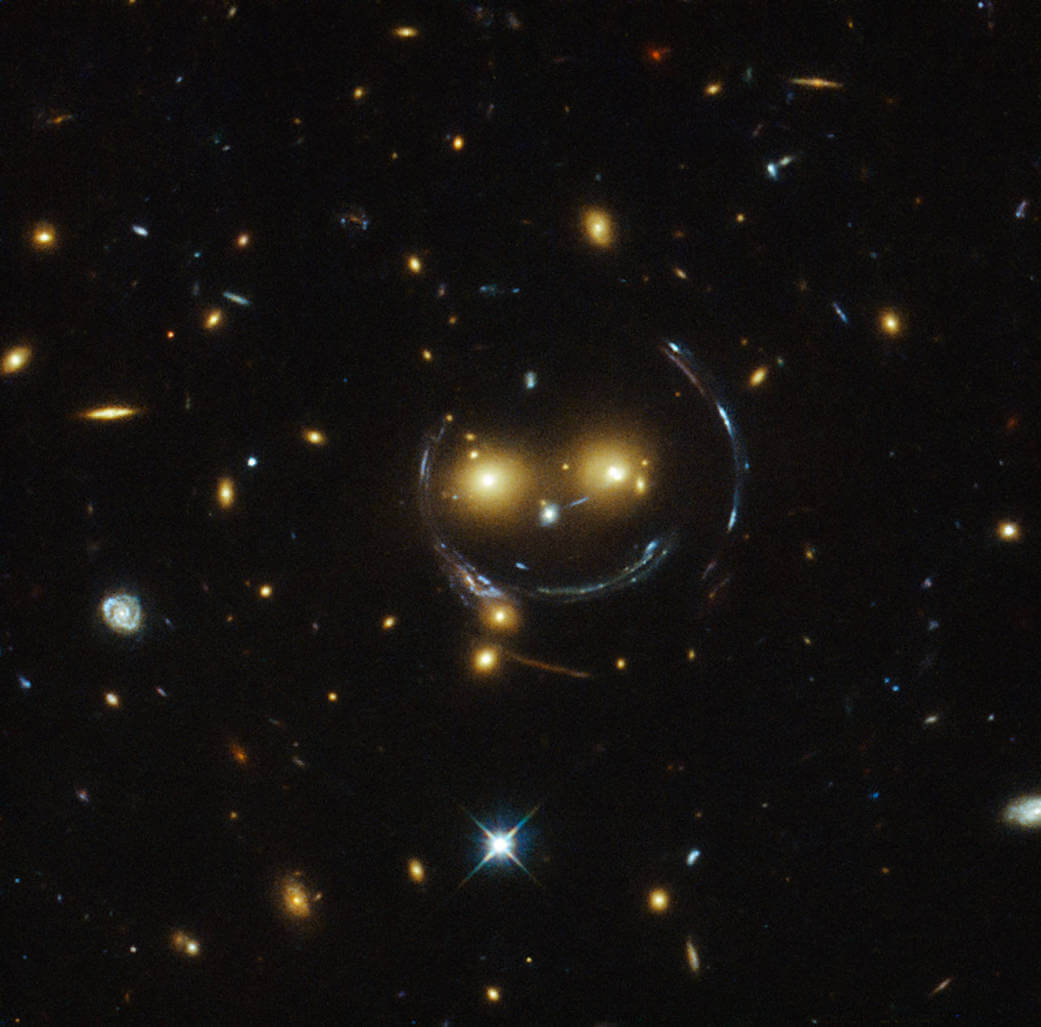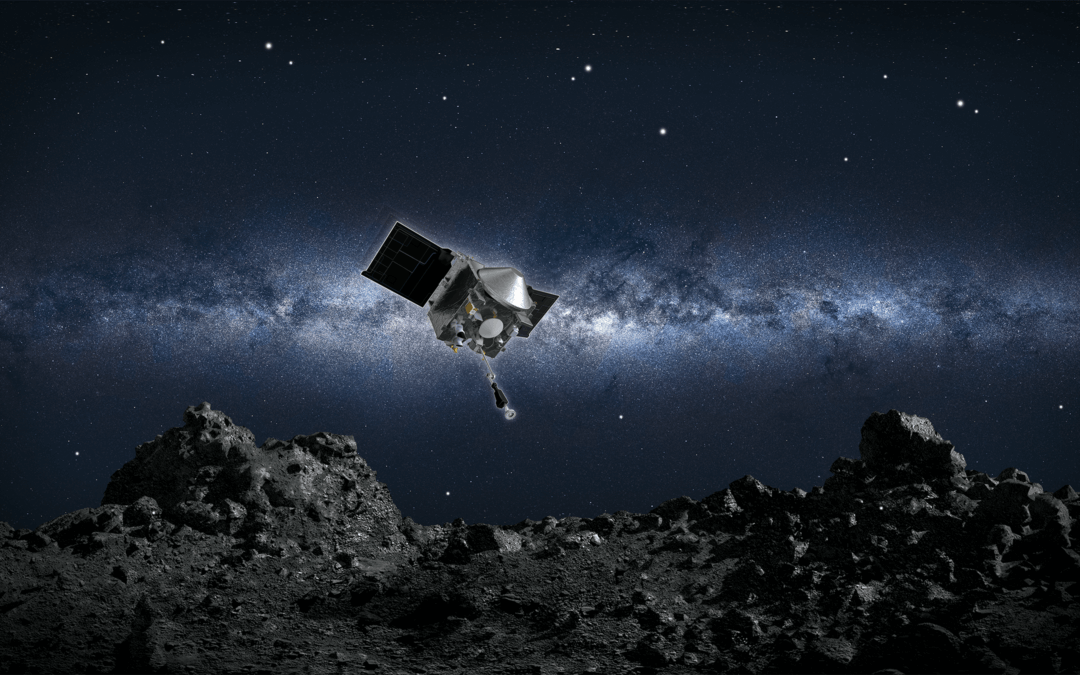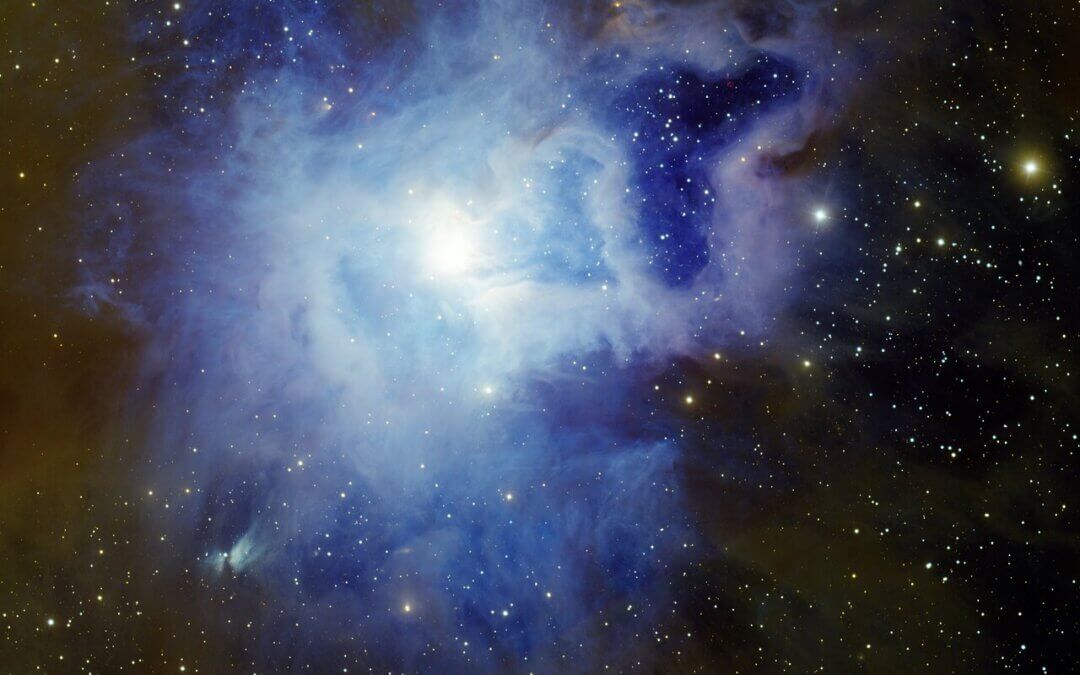Look up to the sky this July and find some of the most famous deep sky objects and a bounty of star clusters! These dense groups of stars can contain hundreds to millions of stars, held together by their gravitational attraction. There are two types of clusters: globular clusters, which are dense and typically contain thousands or many more stars, and open clusters, which are more spread out and contain perhaps a few hundred stars.
Your Unistellar eVscope or eQuinox 2, you can see all of the objects below, broken down into easily identifiable targets and those that may take a little more time to reveal their beauty. Can you find them all?
All-Level Targets
These bright objects are easy for anyone to observe, and many are visible from both hemispheres!
Fireworks Galaxy (NGC 6946)
Just in time for US and French independence days, the Fireworks galaxy is in a great position to observe this July. This galaxy has been home to eight observed supernovas in the last 100 years, making its name apt indeed. View this face-on spiral galaxy from the Northern Hemisphere.
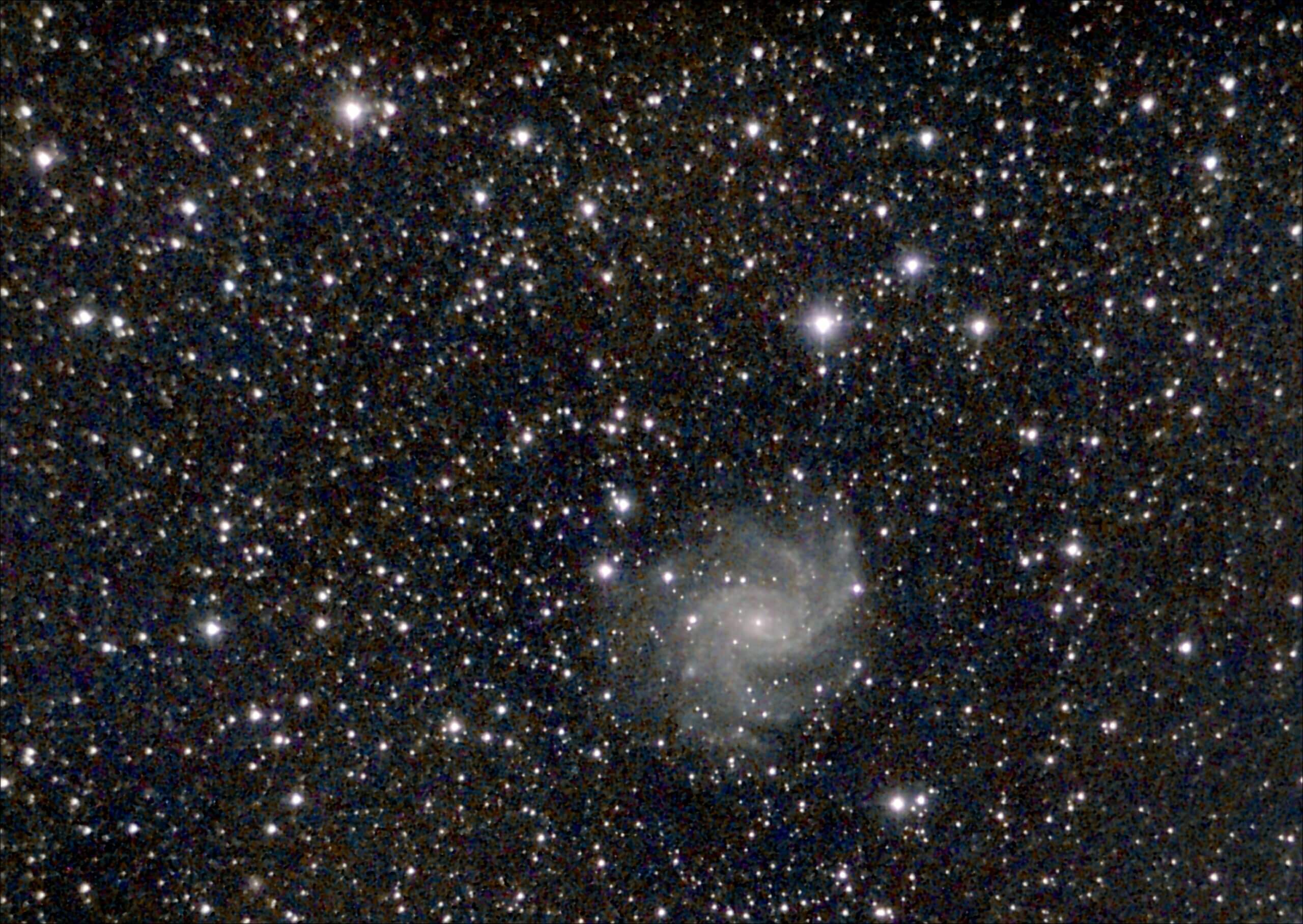
Fireworks galaxy, imaged and processed by Unistellar observer Randall Blake.
M92
A globular cluster in the constellation of Hercules that’s visible from both hemispheres, M92 is one of the brightest star clusters in our own galaxy. That bright glow contains more than 300,000 stars, all contained in a space just 100 light years wide!
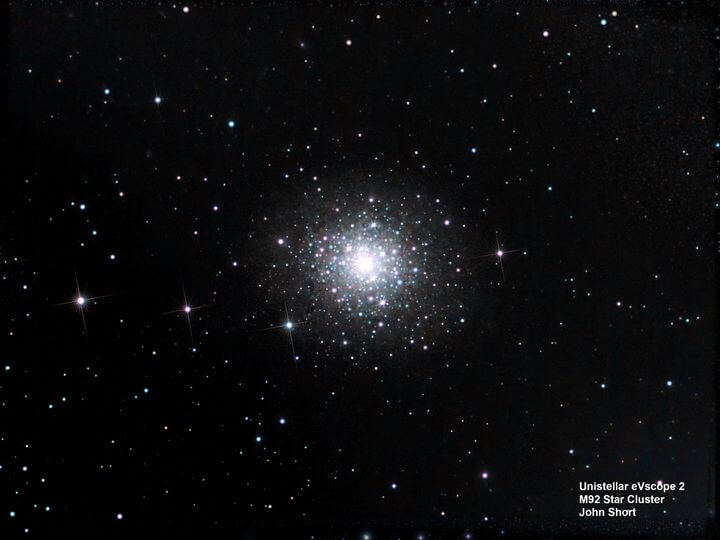
Image of M92, captured by John Short.
Eagle Nebula (M16)
You can find this famous nebula from both hemispheres. It contains the object of one of the most famous astrophotography images of all time: Hubble’s image of the “Pillars of Creation.” These huge towers of gas and dust are four to five light-years across.

The Eagle Nebula and its “Pillars of Creation,” captured with a Unistellar Telescope.
Ring Nebula (M57)
Formed by hot gas blowing from a white dwarf, the dead core of a Sun-like star, the Ring Nebula is an iconic target for stargazers. More recent observations from Hubble revealed the ring is actually formed by a football-shaped cloud of gas seen end-on from Earth. It can be seen from both hemispheres, and if you look closely, you can see the stellar core at the center!
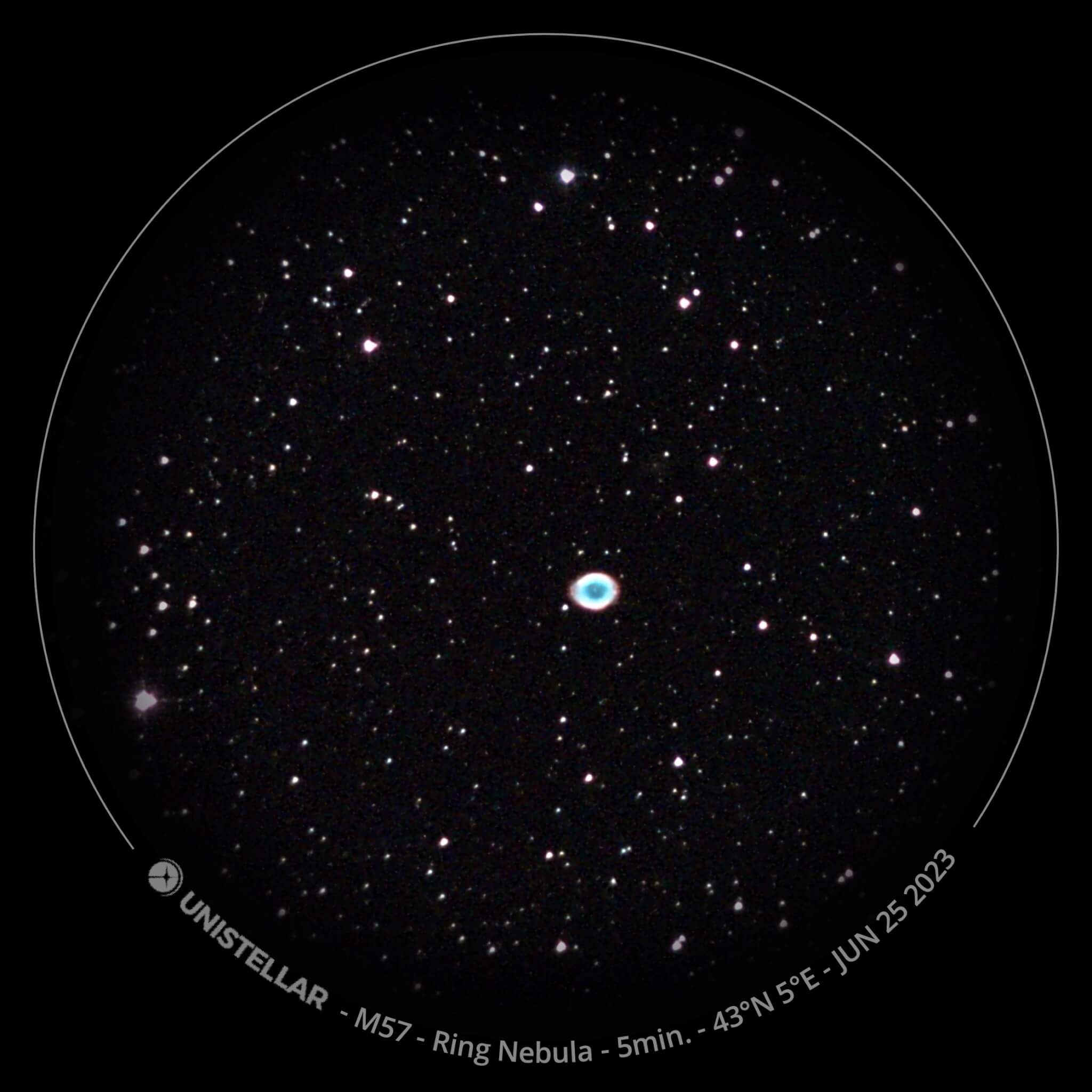
The Ring Nebula, imaged by the Unistellar team.
Gumball Cluster (M12)
This globular cluster in the constellation Ophiuchus shines brightly through a telescope, and can be seen from both hemispheres. It contains a high number of interacting binary stars.
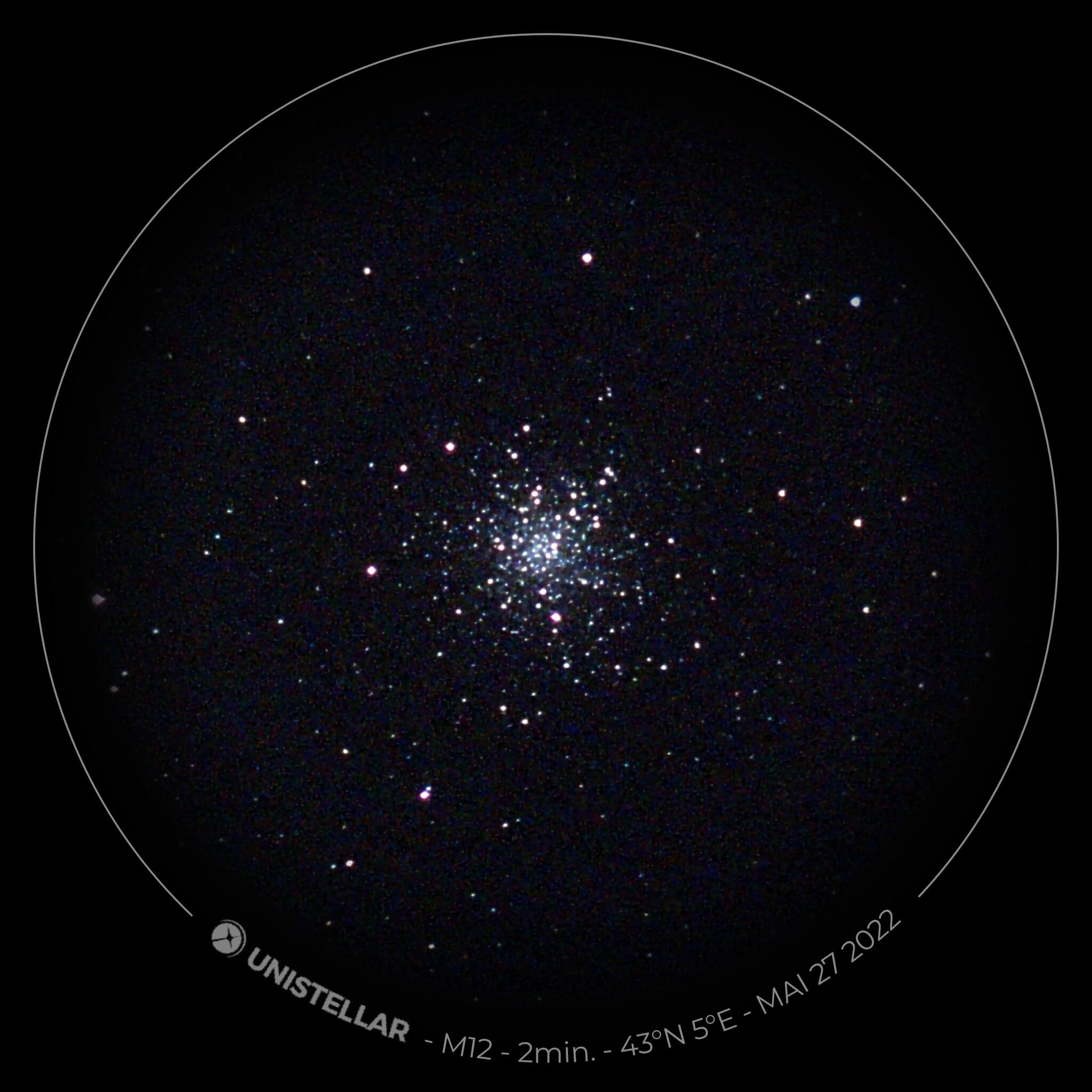
The aptly named Gumball Cluster, courtesy of JM Laugier.
Wild Duck Cluster (M11)
This star cluster contains almost 3,000 stars, making it one of the densest open clusters. Though it can be seen with the naked eye, peer through a telescope to see the roughly V-shaped configuration of the cluster’s brightest stars which give it its name. You can see M11 and M12 from both hemispheres.
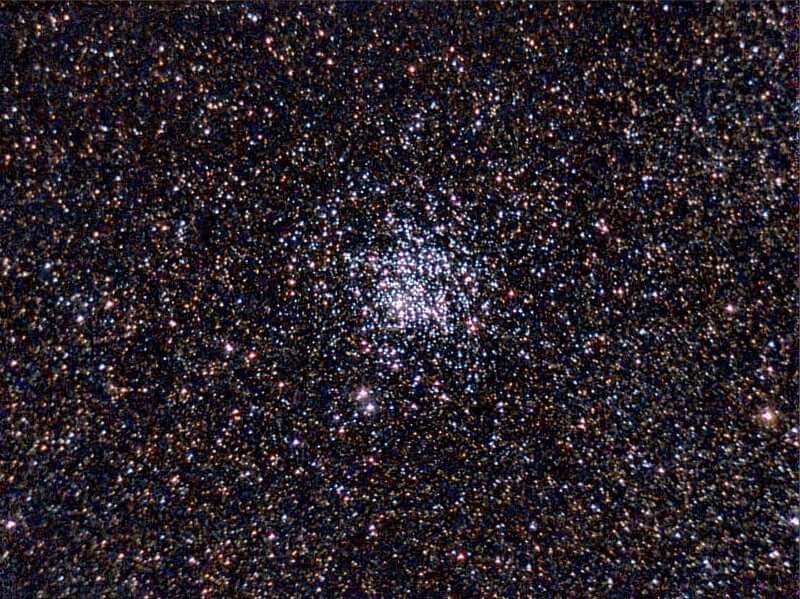
Richard Bright’s breathtaking image of The Wild Duck Cluster, imaged with an eVscope and post-processed.
Challenge Targets
For more challenging targets, find these next two objects! These are dimmer or more diffuse celestial sights that may you may need to observe via Enhanced Vision for longer than the ones in the previous section if you want to see all them in all their glory!
Western Veil (C34)
Also called the Witch’s Broom Nebula, this celestial sight is part of a larger supernova remnant called the Veil Nebula. This particular portion contains thin filaments of gas spread out into a long structure resembling a broom, hence the name! Note the foreground star 52 Cygni, not part of the nebula, in the frame as well. This nebula can be seen from both hemispheres, but will be low on the horizon in southern latitudes.

The Western Veil Nebula, imaged by Ethan Teng.
M102 (Spindle Galaxy)
This narrow band of light is actually an entire galaxy viewed edge-on from Earth. A slight warp in its central lane of dust, which you can see passing through the Spindle’s bright center if you look closely, indicates interactions with other galaxies in the past. Find this target from the Northern Hemisphere!
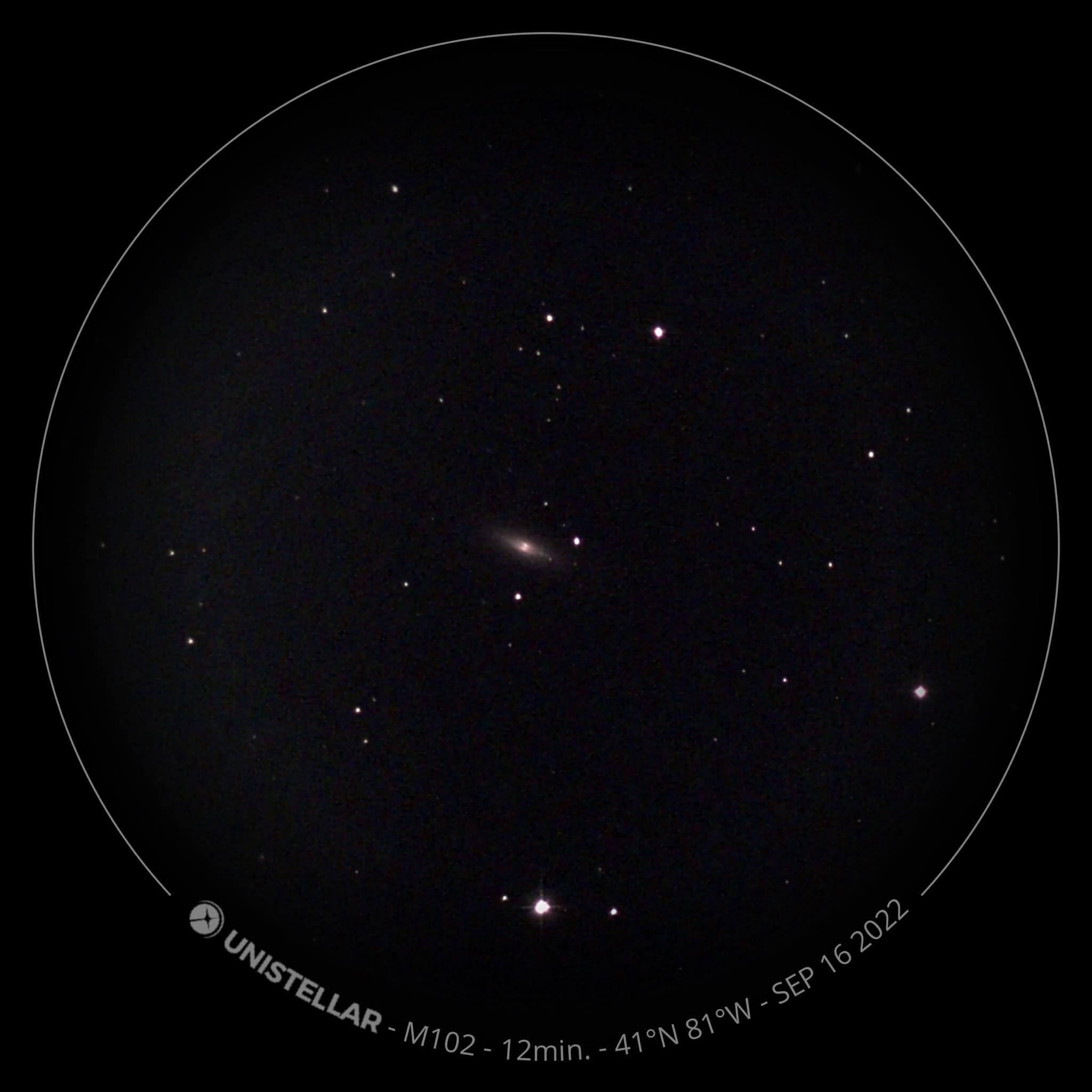
The Spindle Galaxy, captured by Unistellar observe David Walter.
We encourage you to share your observations and join the conversation through our Facebook, Instagram and Twitter pages. Don’t forget to tag @Unistellar!
If you’d like to send us your observations by email, send them to [email protected].
Clear skies! 🔭
Further readings
今月の観測すべき3つの理由 – 2025年3月
The latest Unistellar App Update, version V3.0, is now live. Explore a smooth stargazing experience !
Unistellar Community Included In Multiple Scientific Papers
Did you know Unistellar Citizen Astronomers are often cited in published scientific papers? Find out how you can contribute too!
Unistellarアプリのアップデート:バージョン3.0
UNISTELLARアプリの最新バージョンV3.0がリリースされました。スムーズな星空観察をお楽しみください!
Halloween Observing Guide: Spooky Deep-Sky Objects
These Halloween deep-sky objects will add some light to those dark, spooky nights. Treats, tricks, and telescopes await!
See OSIRIS-REx, NASA’s First Asteroid Sample Return Mission, as it Drops off Pieces of Asteroid Bennu
NASA's first asteroid return sample mission, OSIRIS-REx, is headed back towards Earth with precious cargo. Join us in observing it Sept. 24!
Fall Into Cygnus and More With September Deep-Sky Objects
Unistellar’s September targets include a bevy of star clusters and nebulae of all sorts. Celebrate stars in all stages of life this month!
